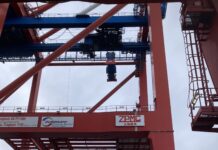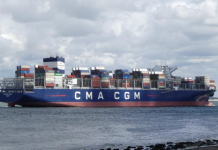
Nissan North America has chosen the Port of Brunswick in Georgia, US as a new point of entry to serve US markets.
“We are pleased that Nissan has chosen the Peach State as its gateway to the Southeast,” said Griff Lynch, executive director of the Georgia Ports Authority (GPA), who went on to add, “Brunswick’s central location and superior connectivity, combined with the ease of doing business in Georgia, make it the perfect home for Nissan to serve the fastest growing region in the US”.
Nissan North America joins two dozen other major auto manufacturers at Colonel’s Island.
“Brunswick is a great fit into Nissan’s network, based on its location close to our dealerships in the southeastern US, proximity to I-95 for truck haul-away, and rail connections,” commented J.S. Bolton, director of supply chain management for Nissan.
Meanwhile, at the GPA Board meeting on 27 September, Lynch reported that August Roll-on/Roll-off volumes at the Port of Brunswick grew 3.3% to 53,600 units, an increase of 1,700 units of vehicles and heavy machinery compared to August 2021.
The port authority has developed an additional storage space of approximately 345,000m². Further, Wallenius Wilhelmsen Solutions is building three new buildings, which are expected to be complete this fall, to support its auto processing operation for Nissan and Infiniti.
Furthermore, GPA Board approved US$60 million for additional buildings, property development and civil infrastructure to expand Ro/Ro capacity at Colonel’s Island Terminal. The new slate of projects is in addition to US$186.8 million in improvements the board approved in January and March
A total of US$25.4 million will go to upgrades for GPA common areas, according to a statement.
The Port of Brunswick recently received federal approval to add a fourth berth at Colonel’s Island. The project is expected to more efficiently accommodate the larger vessels with a capacity of 7,000-plus vehicles that are becoming the industry standard at US ports.





